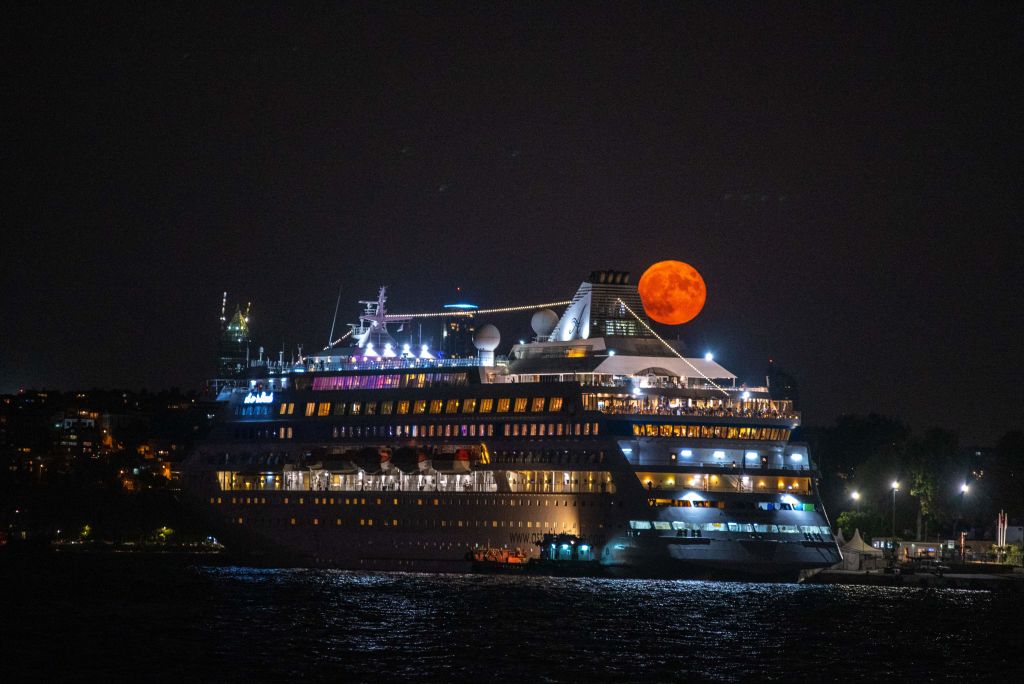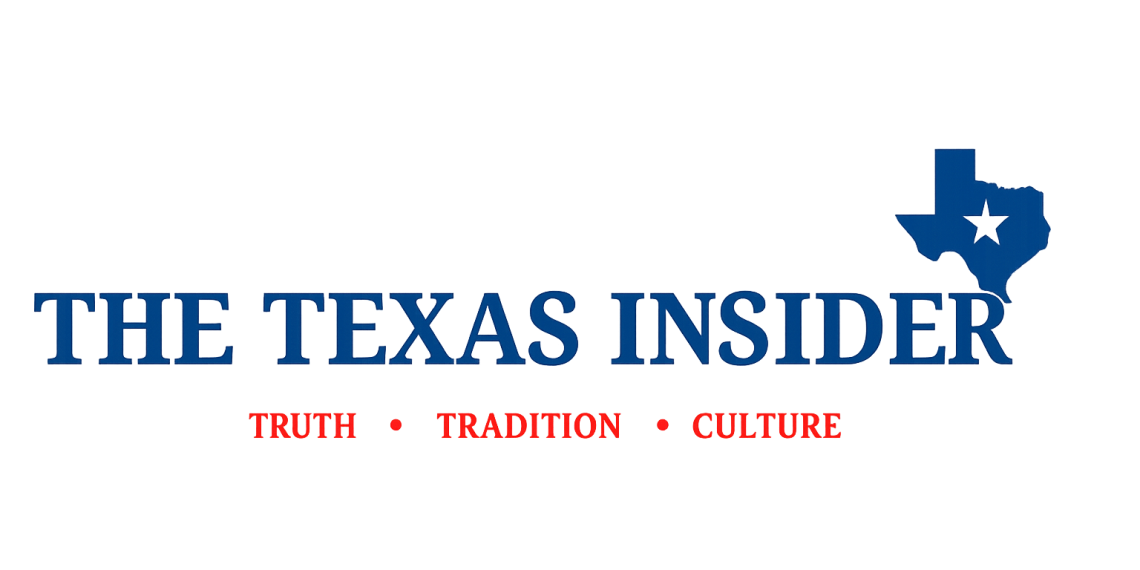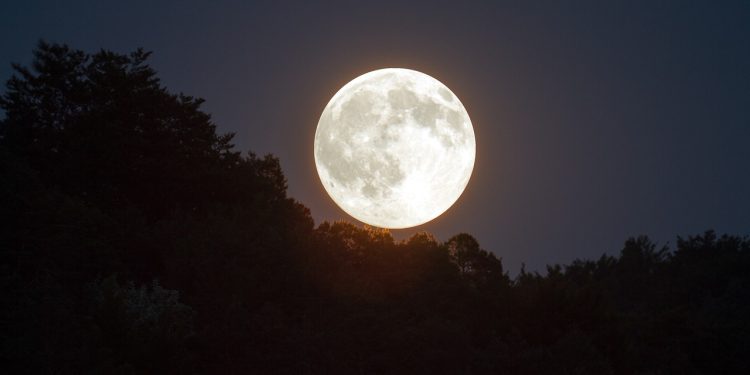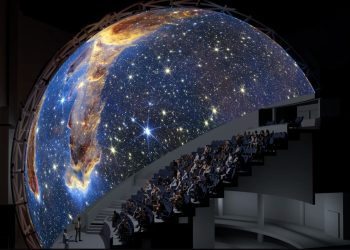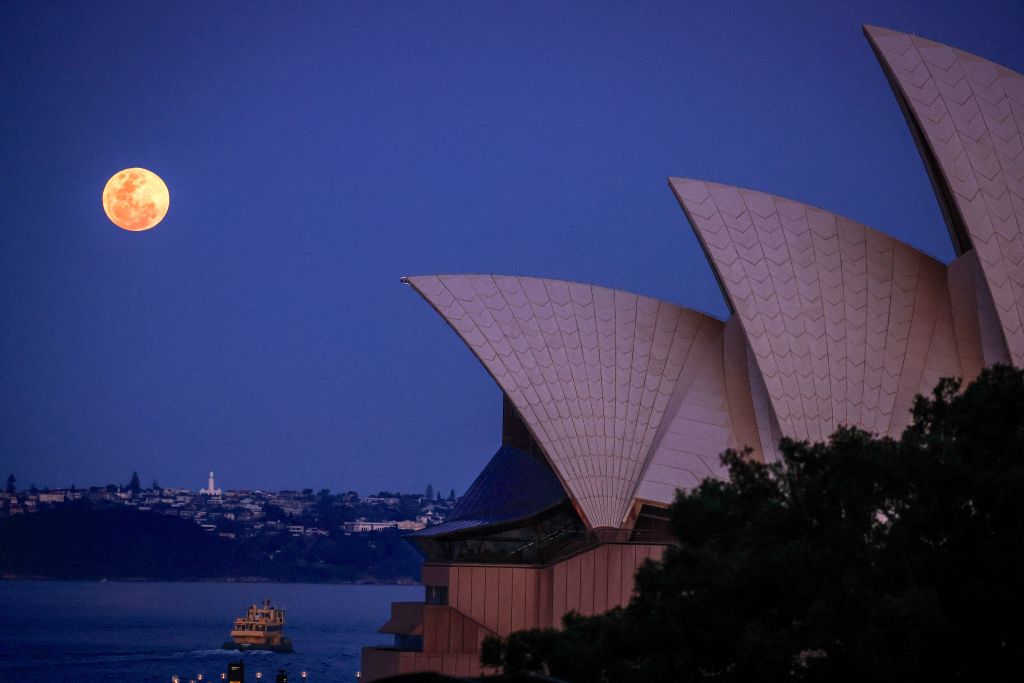
Mark your calendars for Monday, August 19, 2024, at 2:26 PM EDT, as the sky will showcase a spectacular event—the full Moon. For those in Nepal Standard Time and regions eastward across Asia and Australia, this celestial display will take place on Tuesday morning. The Moon will appear full for three days, from Sunday morning through early Wednesday morning, offering a breathtaking view for all to enjoy.

This particular full Moon comes with a trifecta of labels: a supermoon, a Blue Moon, and a variety of traditional names including the Sturgeon Moon, Red Moon, Corn Moon, Green Corn Moon, Barley Moon, Herb Moon, Grain Moon, and Dog Moon. Additionally, it coincides with the festivals of Raksha Bandhan or Rakhi Purnima, and Tu B’Av.
What is a Supermoon?
A supermoon occurs when the Moon, in its elliptical orbit around Earth, reaches its closest point to us, known as perigee, while simultaneously being in its full phase. This results in the Moon appearing significantly larger and brighter than usual. The term “supermoon” was coined by astrologer Richard Nolle in 1979. It refers to either a new or full Moon that occurs when the Moon is within 90% of its closest approach to Earth. Since we don’t see new moons, it’s the full supermoons that captivate the public’s attention as the largest and brightest full Moons of the year. This upcoming event marks the first of four consecutive supermoons in 2024, with the full Moons in September and October tied for the closest of the year.
Understanding the Blue Moon
Despite its name, the Moon won’t actually appear blue. In this case, “Blue Moon” refers to the third full Moon in a season that has four full Moons, a relatively rare occurrence. The term “Blue Moon” first appeared in English in 1528. Some speculate that it might originate from an old English phrase meaning “betrayer Moon,” due to its tendency to disrupt the setting of dates for Lent and Easter. Alternatively, it could refer to rare atmospheric conditions that make the Moon appear blue. Since the 1940s, “Blue Moon” has also been used to describe the second full Moon in a month with two full Moons.
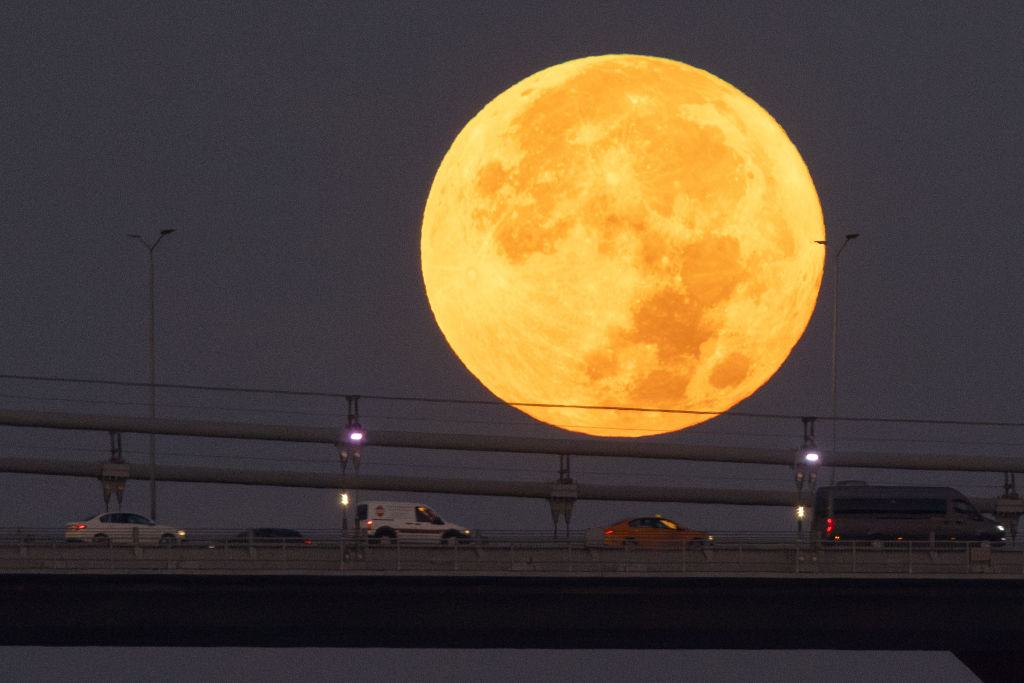
Will the Moon Look Blue?
No, this Blue Moon won’t actually appear blue. The term is simply a way of describing the rarity of two full moons occurring within a single calendar month. However, in extremely rare cases, particles like smoke or dust in the atmosphere can scatter light in such a way that the Moon might take on a bluish hue.
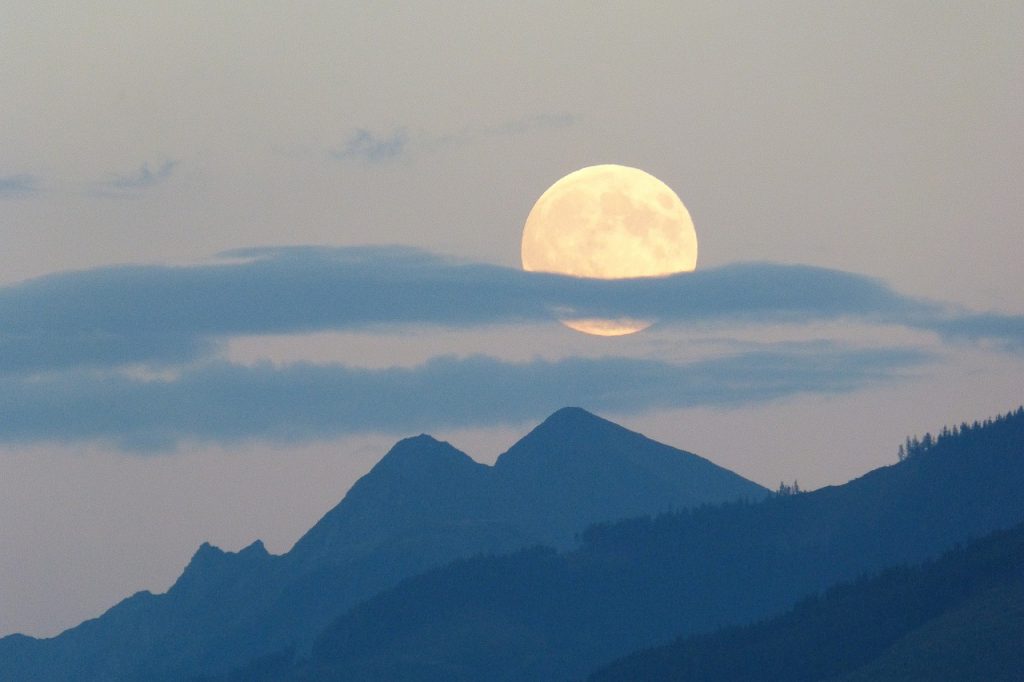
How “Super” Will This Moon Be?
While the Moon will be closer to Earth, making it a supermoon, the difference in size may be hard to notice. When the Moon is at perigee, it can appear up to 14% larger than at its farthest point (apogee), similar to the size difference between a quarter and a nickel. This means the Moon will also be slightly brighter than usual, offering a more luminous night sky.
A Unique Celestial Event
Supermoons and Blue Moons don’t always align, making this event particularly special. Supermoons occur three to four times a year, while Blue Moons are much rarer, with only about 3% of full Moons earning this title. The next super blue moons will appear as a pair in January and March 2037, making this August’s event one not to miss.
Be sure to look up at the night sky in mid-August to witness this extraordinary supermoon and Blue Moon, a celestial event that won’t occur again for several years.
